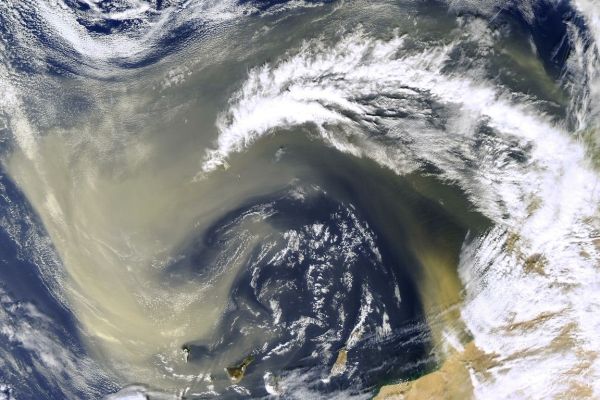Dust is a key component of Earth’s climate system. When it interacts with clouds, oceans and the sun’s radiation, it has an overall impact on our planet’s living systems, affecting everything from weather and rainfall to global warming.
There are two types of dust in the atmosphere, both kicked up by high-velocity winds in dry areas. Fine dust tends to cool because it scatters sunlight, much like clouds do. Coarse dust, which is larger in size and originates in places like the Sahara Desert, tends to warm the atmosphere, much like greenhouse gases.
Knowing precisely how much coarse dust is in the atmosphere is essential for understanding not only the atmospheric phenomena that dust influences but also the degree to which dust may be warming the planet.
Now, UCLA scientists report that there is four times the amount of coarse dust in Earth’s atmosphere than is currently simulated by climate models. Their findings appear in the journal Science Advances.
Continue reading at University of California Los Angeles
Image via University of California Los Angeles


